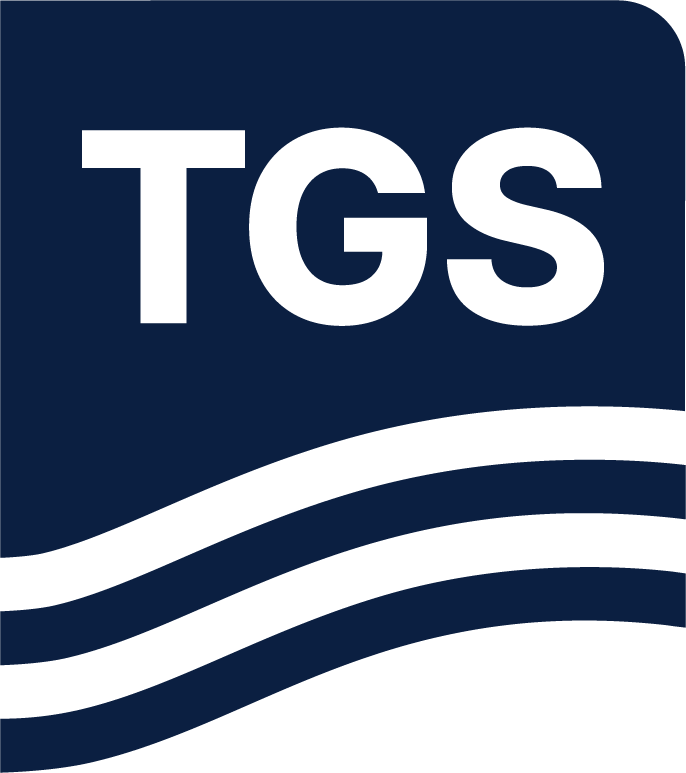Paper Summary
This study presents a regional sequence stratigraphic framework for the offshore basins of NW Europe, covering the Carboniferous to present day. By analyzing over 5,800 wells and integrating seismic data, the research provides a consistent framework for understanding basin evolution and petroleum systems. The study uses detailed lithological, depositional environment, and facies interpretations, along with seismic correlations, to create reliable fairway maps that support conventional exploration and carbon capture storage (CCS) applications. The Facies Map Browser (FMB), accessible via a cloud-based platform, allows for dynamic updates and easy access, providing valuable insights into the characteristics and performance of potential reservoirs. This tool is crucial for minimizing risk, understanding reservoir quality, and identifying potential CCS aquifers. Key petroleum system parameters, such as porosity, permeability are integrated to refine prospectivity analysis. Examples in the study illustrate the importance of combining legacy exploration data with this framework, enhancing the understanding of reservoir evolution and risks. The integration of multiple datasets aids in CCS screening, providing a fast-track approach for evaluating potential sites, understanding reservoir/aquifer properties, and assessing overburden characteristics. This approach offers a powerful tool for both exploration and renewable applications, ultimately reducing geological risk and accelerating the exploration cycle.

